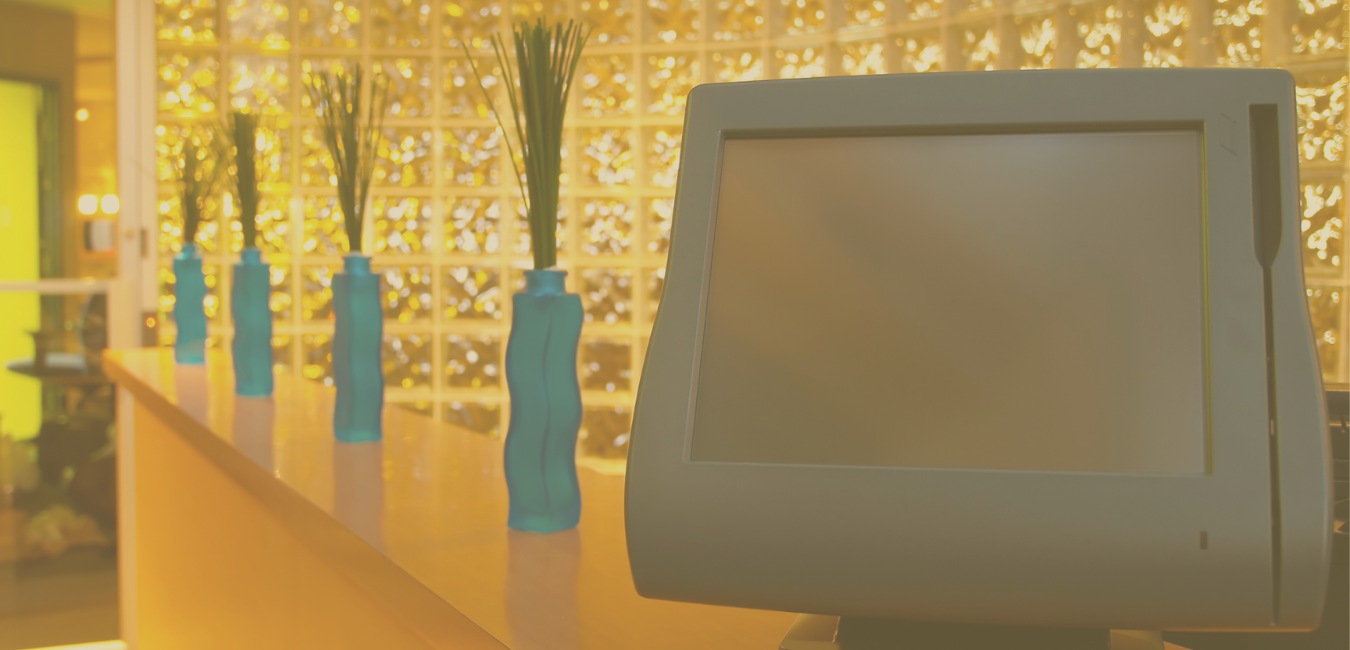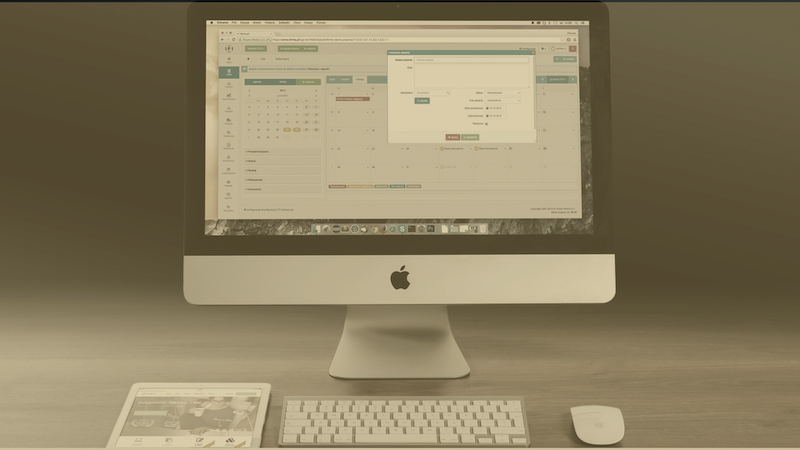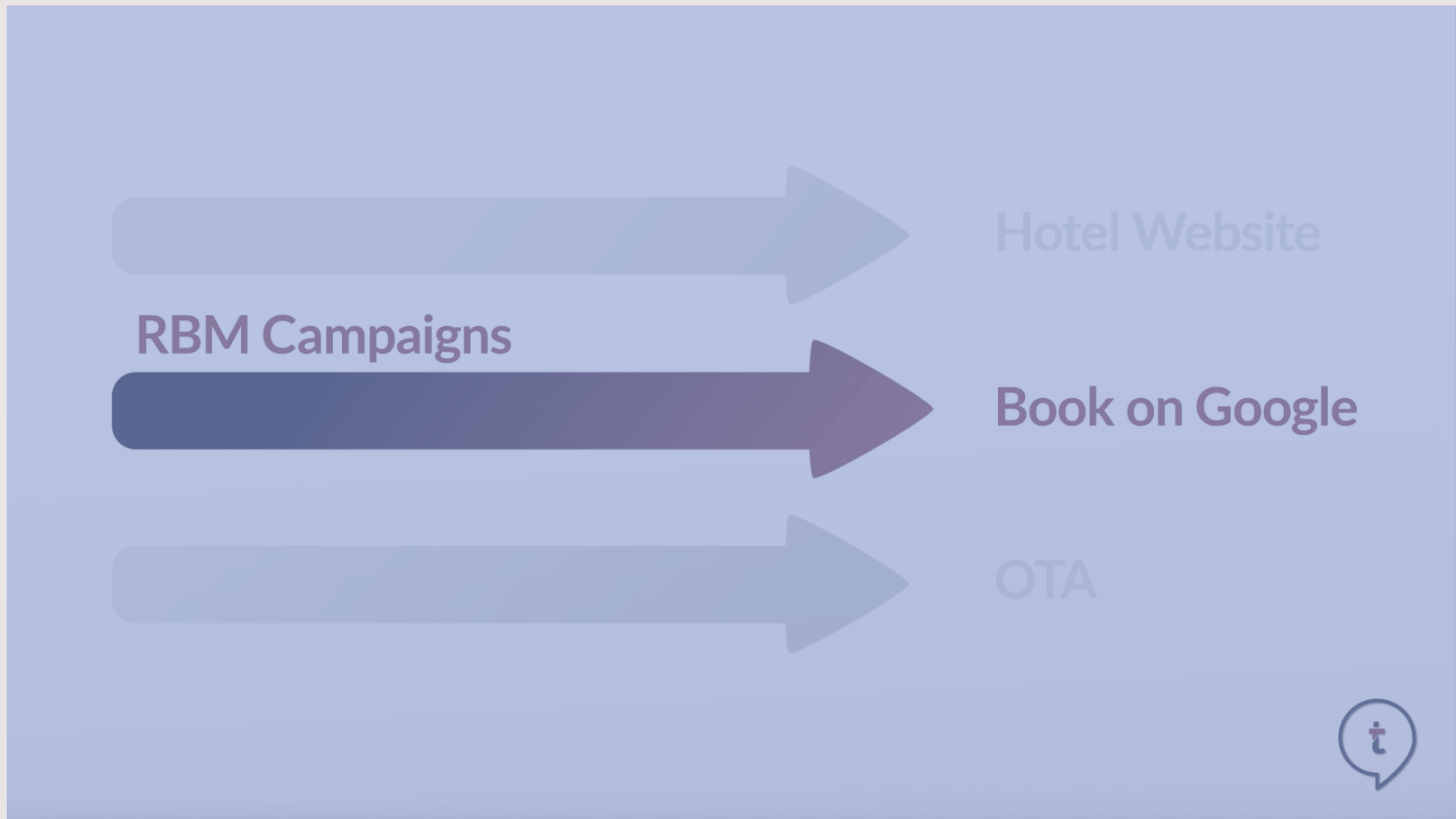Food and beverage applications and technology have become increasingly important in recent years as they offer a range of benefits to both businesses and consumers.
For businesses, food and beverage technology can help streamline operations, improve efficiency, and increase profits. This includes everything from point-of-sale systems and inventory management software to food safety tracking and analysis.
For consumers, food and beverage technology can provide a more convenient and personalized experience. This includes mobile ordering and payment options, as well as personalized recommendations based on past purchases or dietary preferences.
How can hotels best transition from Legacy solutions to more agile, cloud based solutions that offer easier opportunities for integrations between other supporting business applications used by hotels?
The challenge in the Hospitality Industry
The pandemic, a once-a-century event that dramatically changed everything, majorly impacted technology. Technology has proven to be an even greater challenge to many in the hospitality industry. Because of technology progression, security, and support guidelines, many of our trusted hospitality systems are reaching the end of life. While this process is inevitable, we’ve had the luxury of simply picking the next-generation solution from one or two big providers. This is no longer the case. Today the industry offers a vast number of vendors with a wide variety of solutions, and the choices are countless. Many are paralysed by the daunting task of choosing the next system to manage operations.
Case in point, according to Capterra, the global software review platform, there are now 519 Point Of Sale (POS) solutions on the market; 203 of those are iPad-based solutions, 97 are free, 429 are cloud-based, all these options are enough to make any hotelier confused about what solution they should select.

But this also provides a robust opportunity to find better-fit solutions. We have just experienced a seismic shift in human behaviour within the workspace, and employers are changing to meet those needs. We have the luxury of blinking into the new world, ready to plan for a future unimaginable just a few years ago.
One of the biggest lessons we have learned is that we must be prepared for change and be able to pivot quickly. Technology must be able to adapt, whether changing the way operations are set up or connecting to completely new systems. Government-mandated track and trace applications were never in a Point Of Sale (POS) or Property Management System (PMS) conversation except in perhaps the most restrictive of nations. Now we might need to be able to track a guest’s health as easily as their membership status. What will be the next significant change?
Application Programming Interface (API) is a standard for communicating between multiple systems, allowing disparate systems to interact and communicate. While many now claim to have interfaces and interoperability, it is important to find out just how open and public the APIs are operating. Can you work with them yourself, connecting to your own systems? Will they work with competitive products? Can anyone write to them or with them?
The New Systems or the Legacy Providers?
New companies and services are popping up daily thanks to the democratisation of technology and the lower barrier to entry. These systems are often coded by people younger than our pets and brought to market quicker than banquet dinners. The risk with the young and funky apps is that while they look great and have shiny designs and impressive board members, will they be around in five or ten years to support growth plans? Age, however, does not bring any more comfort because older technology providers are caught up with old technology and ways of doing business. They either do not understand the market or their customer's needs or technically cannot move their solutions forward to support the technology needs of the next five to ten years. They get the label of “Legacy solution” and correctly so. Remember the end-of-life issue I brought up at the outset? This is them.
These new systems often look great, provide new ways to enhance operations and tap into changing demographics, but they often come at a price. They are working with hired developers who know little about the hospitality business, guided by a few wizened grey beards. They work in limited environments on limited equipment; sure, an iPad is sexy, and it fits your fast casual restaurant needs, but will it work for your room service operations? They are lean and efficient, but can they scale to meet growth plans?

The legacy providers are not much better; they have been around and proven they can scale to meet ambitious growth plans while working with multiple large groups. They have experienced developers who have lived in the hospitality technology world for their entire careers. Nonetheless, they are often caught in the past with an outdated mindset trying to cling to the on-premise licensing model, unsure of how to shift to a Software as a Service (SaaS) provider. Their products often look like many of our basements, full of great things from the past. Your own custom networking protocol is great, but why do we still need that code? Your screen designers work well, but can it adapt to a new tablet? Is there flexibility to run any software on any hardware?
The new systems built on a basis of new cloud technology, leveraging the true capability and not just a data centre, are best poised to help you into this changing world. Systems are needed to take advantage of new and growing technology for optimising data gathering and architecture to ensure operational reliability in the most challenging environments. Open and available APIs which understand the importance of data and choice, optimising the ability to work with all providers, even when competing against a primary vendor, will be crucial to prepare for the next chapter.
16 Critical questions to ask to select the right Food & Beverage Technology
Once a provider is found that ticks all the boxes to be the next-generation technology solution, what will happen next? What happens when there is an issue? Do they provide twenty-four-hour support, promised resolution time, and multiple communication methods? Every system looks great during the sales process, but even the best systems will have an issue at some point, and as Murphy’s Law assures us, it will be outside standard business hours on your busiest night. Will the solutions provided be realistic and reliable?
And on that busy evening outside of business hours, when the IT manager has gone home, and the wait staff are rushing to serve guests, do the SaaS solutions you got at an amazing price have support staff ready to help you fix the problem?
So, on the one hand, we have never had so much choice for hotel POS software, but we have also never had so much uncertainty in selecting the right provider.
From installing POS solutions in over 100 hotels over the past few decades to working with what is now a legacy solution and modern cloud solutions, here are some tips on selecting the right tech for a hotel Food & Beverage operation:
Business awareness and understanding
- Do they know and understand hotels, or are they just focused on F&B and Restaurants?
- Can they deal with room charges?
- Sync with the PMS etc.?
Interoperability
- How does the API access work?
- What is the pricing for API access?
Support
- Where is the support team located?
- Can you email support for non-urgent items?
- Can you call and get a human on the phone?
- Can you get technical solutions, or is it just level 1 support?
- Have they dealt with major crises in the past?
- What do they consider a priority, are they in line with your priorities?
Flexibility
- How flexible is the system?
- Can it accommodate your operational needs?
- Can it accommodate different operational needs, such as in-room dining, pool bars, and buffets? All with different requirements.
Hardware
- What hardware can it run on, only theirs, consumer-grade?
- Can you mix and match hardware?
About the Author

Jay Sherman is the global director of Pre-Sales for Shiji Group, joining Shiji in 2017 after 13 years with MICROS Systems. Jay worked in both companies in a variety of roles, from implementation to sales and more.
With over 25 years in the hospitality industry, 19 of which are on the technology side of the business, Jay Sherman has experienced every kind of operational style from legendary resorts, stadiums, casinos and even fast food. Living and working in North America, Asia Pacific, and now Europe has also given the opportunity to understand the many different cultural aspects of hospitality and how widely the needs and opportunities vary.
Shiji is a Founding Member at techtalk.travel
Also make sure to find these supporting content elements of the editorial Food & Beverage Technology




 Free download
Free download

![V03: The History of Hotel & Travel Technology | [Updated] Infographic](https://www.techtalk.travel/storage/app/uploads/public/63f/e6f/ec8/63fe6fec80447817849943.jpg)



Create an account to access the content.
Get access to Articles, Video's, Podcasts, Think Tanks, Infographics and more.
Click “Sign In” to accept our
Terms of Service Privacy Policy